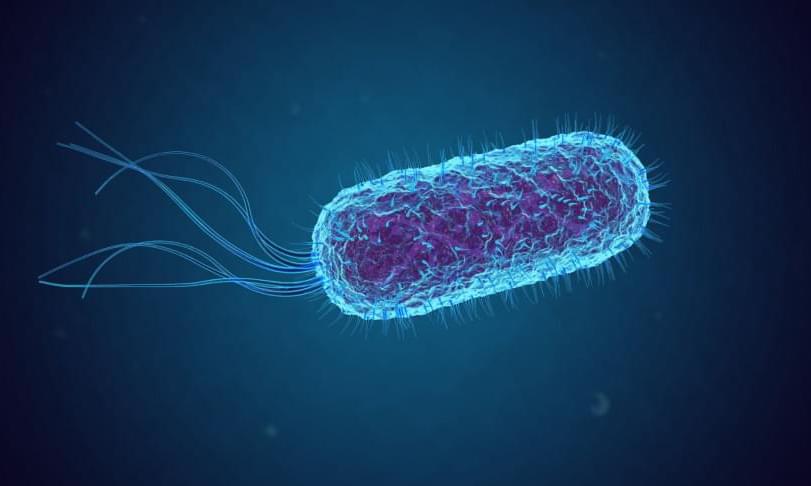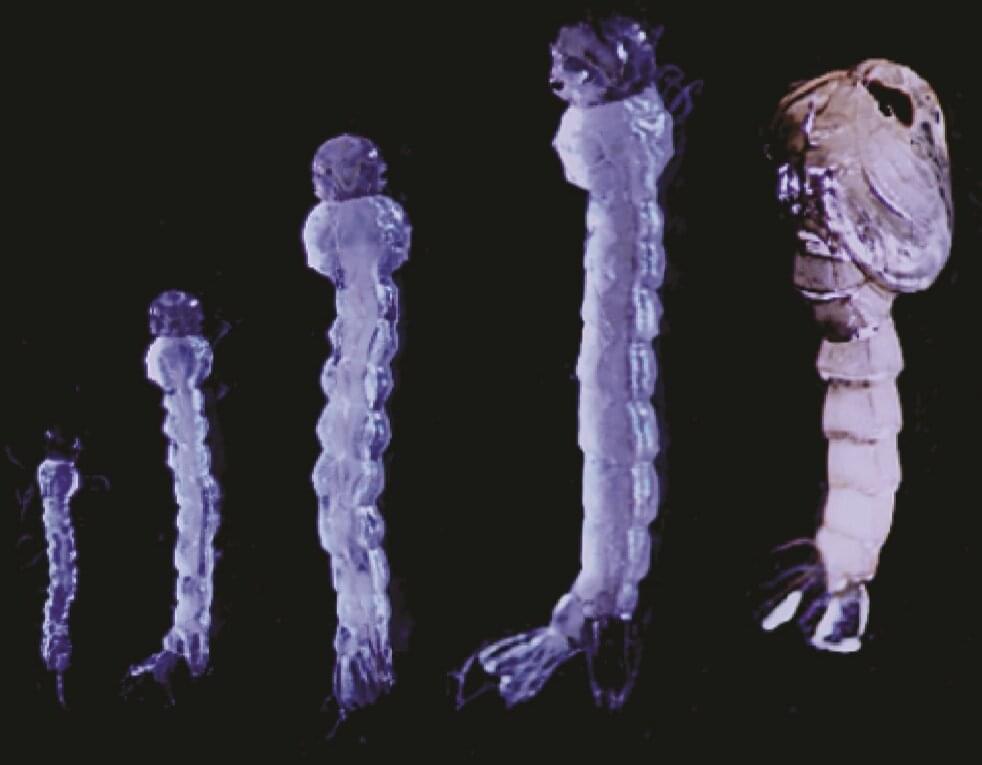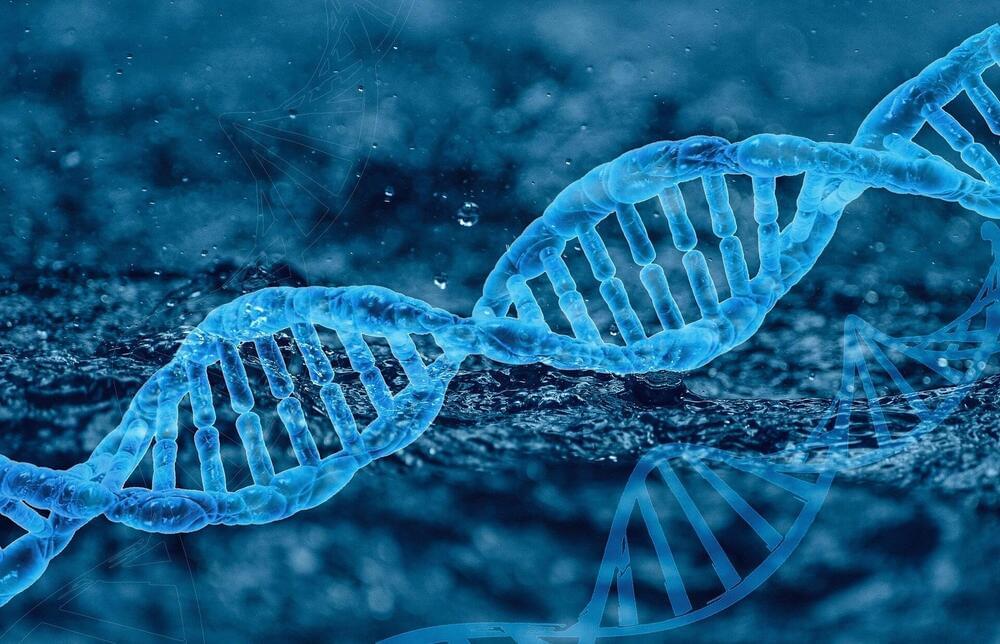With 17.3 million adult Americans affected, depression is one of the most prevalent mental disorders in the country. A gloomy or depressed mood that lasts for two weeks or more is considered major depression.
Depression is distinct from common mood swings and brief emotional reactions to problems in daily life. Depression may develop into a serious medical condition, particularly if it is recurring and of moderate to severe intensity. The afflicted individual may experience severe suffering and perform badly at work, in school, and with family. In the worst cases, depression might result in suicide.
Since its introduction in the late 1980s to prevent heart attack and stroke, statins have been hailed as a wonder drug and prescribed to tens of millions of individuals. However, some research has suggested that the medications may still have other benefits, particularly those for mental health. A recent study investigates the impact of statins on the emotional bias, a risk factor for depression. The study appears in Biological Psychiatry and was published by Elsevier.






